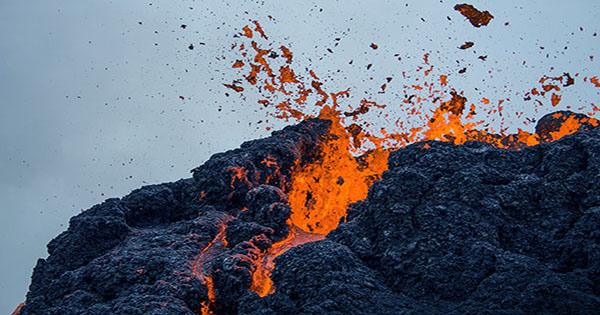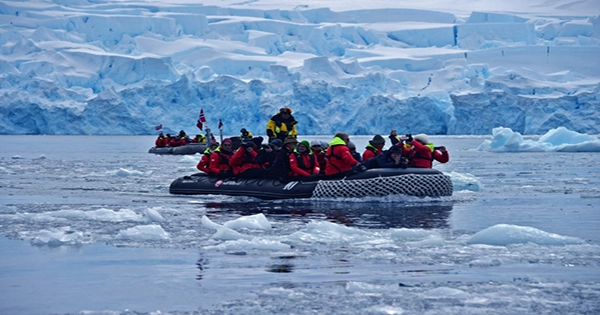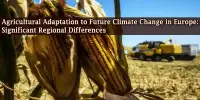The Northern Hemisphere’s immense boreal forests extend from Scandinavia through Siberia, Alaska, and Canada. They occupy a tenth of the planet’s area but store one-third of its carbon, primarily in trees and organically rich soils. A recent study published in the journal Science now offers more proof that emissions from wildfires in high northern latitudes are already rising alarmingly quickly.
Fallen tree bark, needles, and other dead organic waste take a very long time to decay in these forests because of the cold environment and sometimes damp soils. Once the ice sheets retreated at the conclusion of the last ice age, this allowed the soils to collect carbon over a period of thousands of years. Since then, these ecosystems have mainly been shaped by wildfires ignited by lightning.
Some of the carbon that has been stored in trees and the top layer of soil is returned to the atmosphere as a result of these fires. Significant amounts of soil carbon are released. It means that a fire in a boreal forest will release 10 to 20 times more carbon than a fire of a comparable size in an ecosystem where fires mostly eat plants and where the soil itself lacks sufficient carbon to burn.
But these boreal forests may only burn once every century, or possibly less frequently. The extra carbon deposited in soils and trees during the extended interval between flames typically outweighs the losses from fires, making this far longer than in the majority of other fire-prone ecosystems.
This delicate balance between carbon intake and release was rather steady for the last 6,000 years or so, and boreal forests played a significant role as a global carbon sink. However, the balance is being threatened by global warming, which is particularly noticeable in the high latitudes of the Northern Hemisphere.
There is mounting evidence that as the time between fires shortens, more carbon is being released from organic soils in boreal forests than the ecosystems can absorb. Rising temperatures have extended the fire season, increased the frequency, and intensified wildfires.
Satellites can spot gas emitted by wildfires
That’s where the latest study in Science comes in. The majority of the research was conducted by Chinese scientists who used satellite images of smoke plumes from wildfires to search for carbon monoxide, which is undetectable to the naked eye but can be seen at specific infrared wavelengths. Although carbon monoxide isn’t a greenhouse gas in and of itself, if you know how much of it there is, you may deduce how much carbon dioxide is in the smoke from wildfires as well.
This contrasts with the more conventional methods employed by current wildfire emission models. They likewise make use of satellites, but instead of capturing burned areas or active fires, they simply compare before and after photographs. The amount of vegetation that would ordinarily have been consumed and the amount of carbon released per area of burned vegetation and soil are then taken into consideration, according to a number of different assumptions.
This novel carbon monoxide method gives independent and more accurate estimations of wildfire emissions despite having its own uncertainties. It might also help us comprehend the variations in wildfire carbon emissions between various ecosystems in greater detail.
A dramatic increase
The new study showed a significant increase in emissions from boreal fires over the past two decades. Things were particularly dramatic in 2021, when they comprised a record 23% of global vegetation wildfire emissions, more than twice their contribution in a more typical year.
If this trend continues, the boreal forest may very soon become the dominant source of global emissions from biomass burning, overtaking the notorious tropical peatland fires (such as those in Indonesia in 2015) in terms of global significance and adding further to the “fire-carbon-climate warming” feedback.
The 2021 fire season was made particularly extreme by simultaneously hot and dry conditions both in North America and northern Europe and Asia. If such weather patterns do become more frequent, leading to more fires in the boreal region, these forests may reach a “wildfire tipping point.”
A research that looked at the severe fires that occurred in 2014 in Canada’s boreal northwest showed that some regions were already transitioning from being carbon sinks to net emitters. This new study, which examines the entire boreal biome from Siberia to Canada, reveals that the ecosystem as a whole is rapidly approaching this tipping point.
















